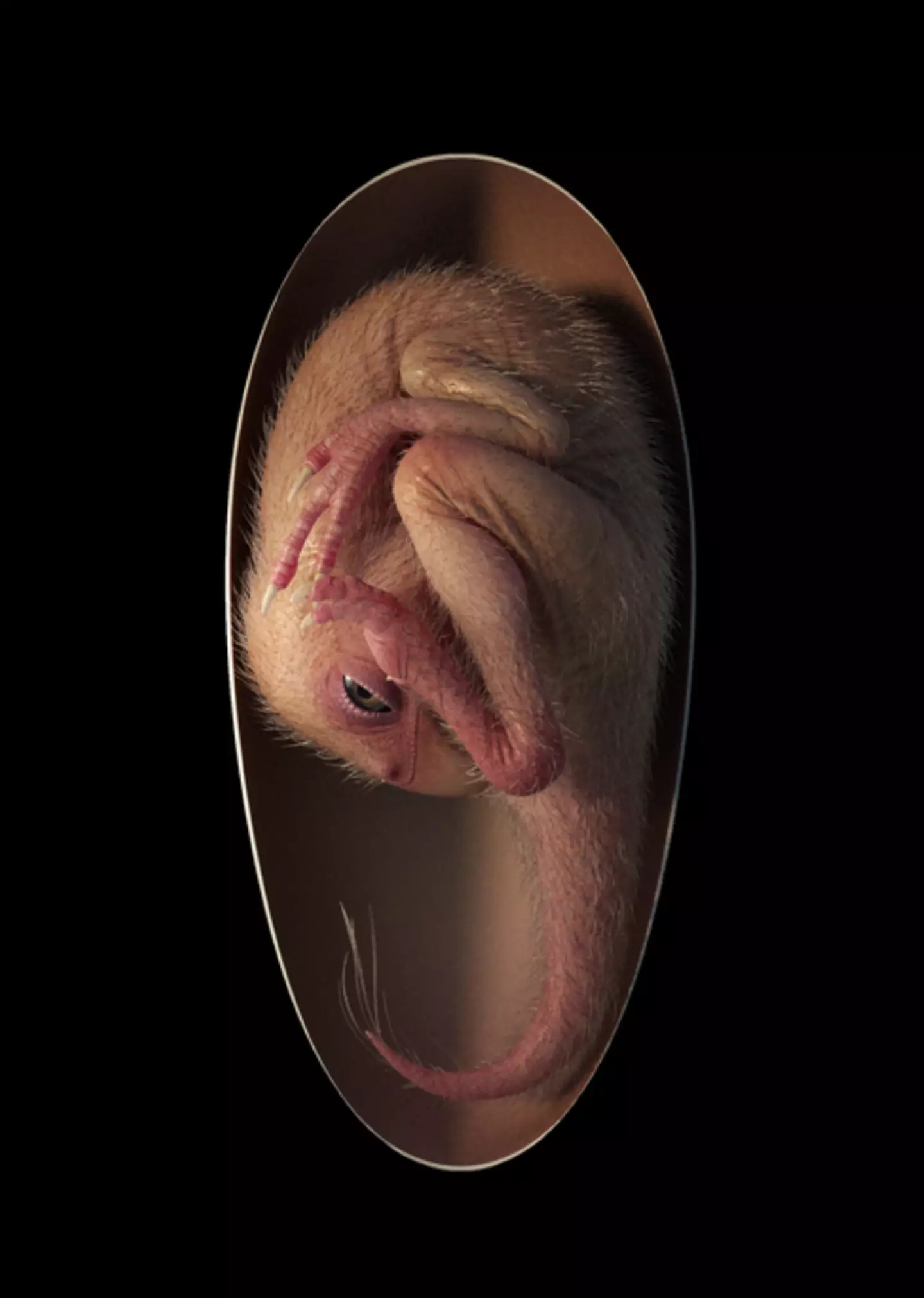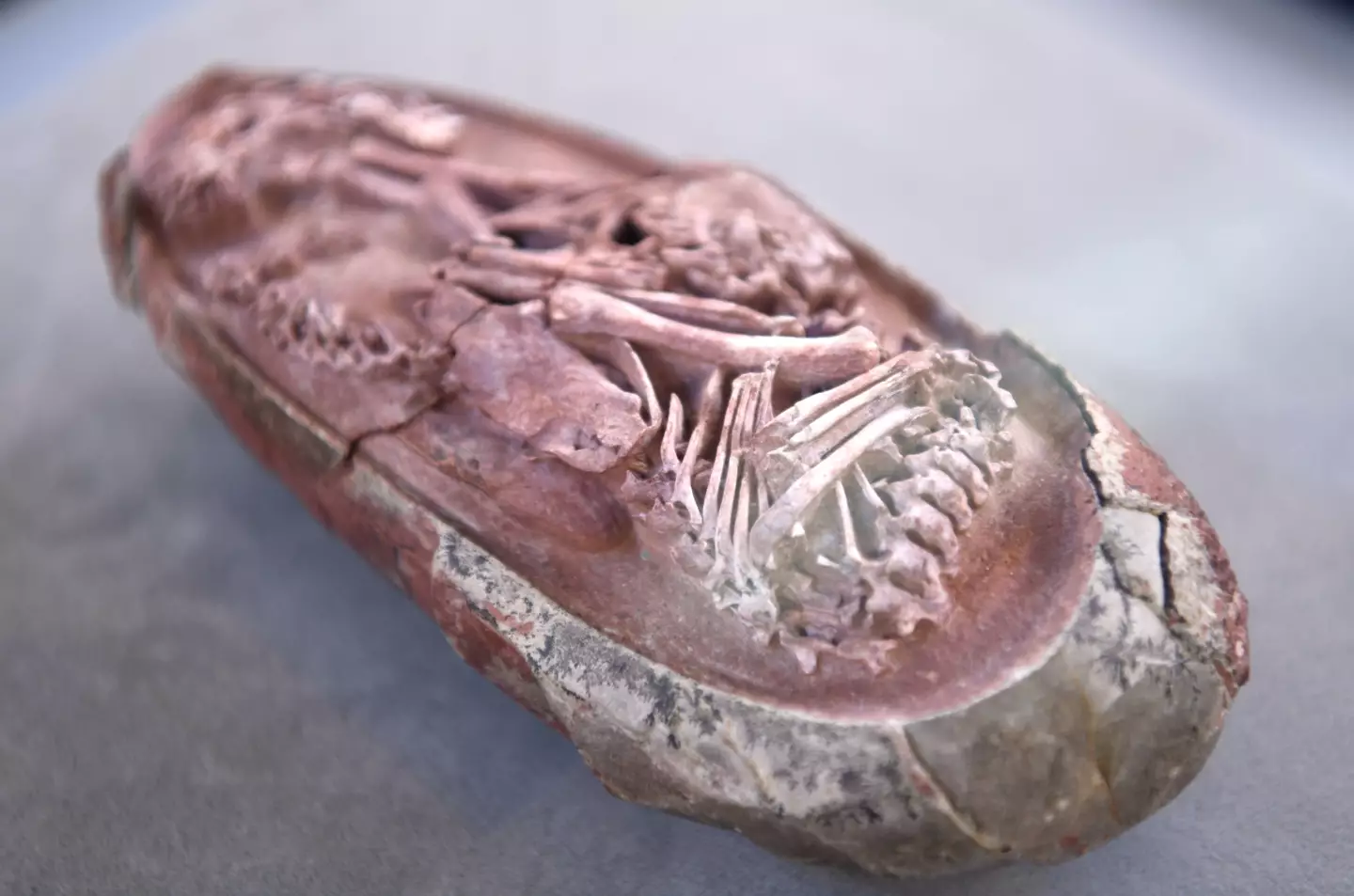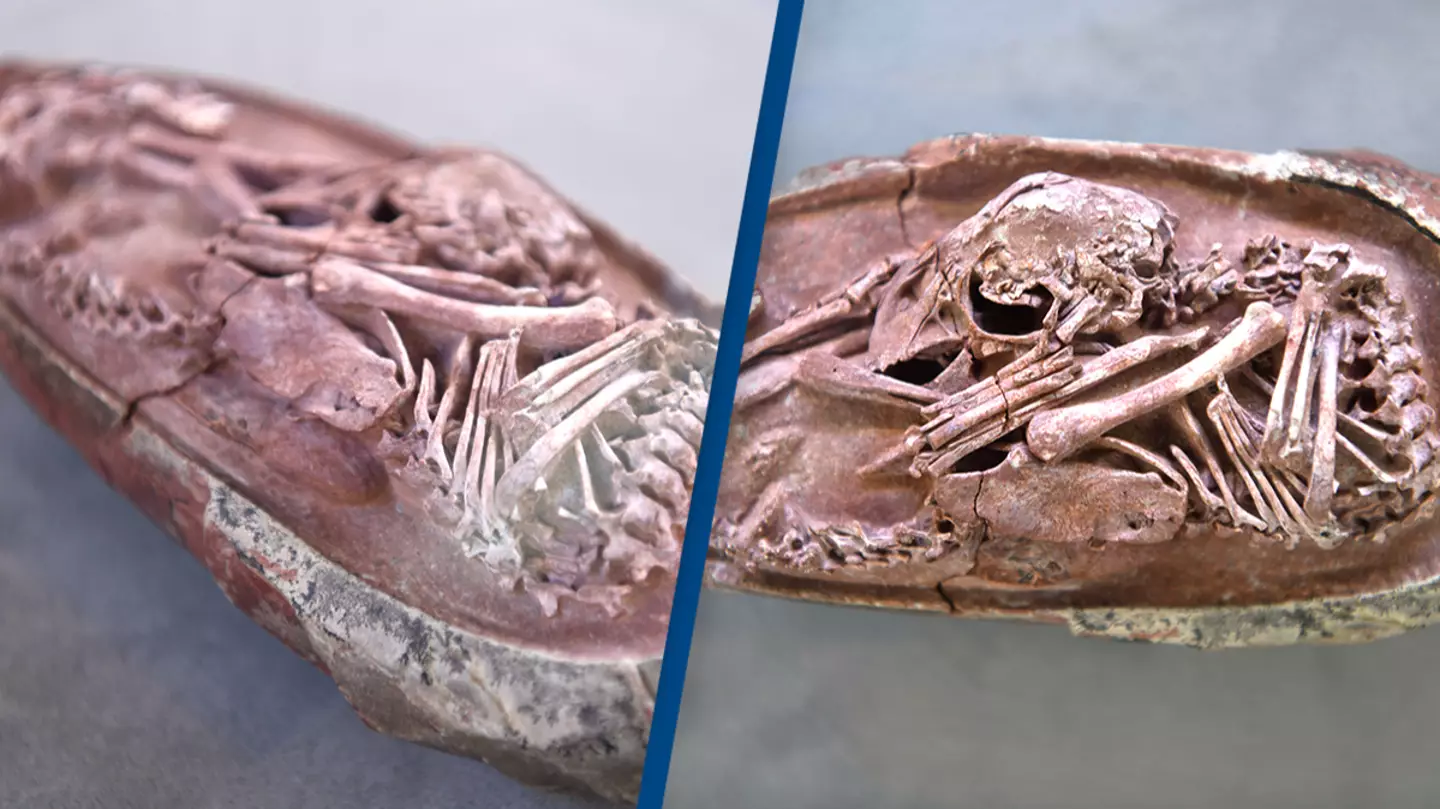Imagine finding a dinosaur embryo perfectly preserved in a fossilized egg! That’s exactly what happened with an egg that had been tucked away in a storage room at Yingliang Stone Natural History Museum in Nan’an, China for over a decade.
This egg wasn’t just any old egg—it held a secret that eventually linked dinosaurs to modern birds. Originally discovered in Shahe Industrial Park in 2000, it was donated to the museum and stored away until its true contents were later uncovered.
It was during a routine sorting through the museum’s storage that scientists took a closer look at this egg and struck paleontological gold. Inside, they found an embryo measuring 27cm (11 inches) long, belonging to the oviraptorosaurs—a group of dinosaurs that resembled modern-day ostriches, complete with feathers!
These fascinating creatures roamed the earth during the Cretaceous Period, and the egg itself was estimated to be a whopping 72 million years old. The embryo earned the nickname ‘Baby Yingliang’ and has been celebrated as one of the most complete dinosaur embryos ever discovered.
The posture of ‘Baby Yingliang’ caught scientists’ attention for its striking similarity to modern-day birds.

A 2021 study by the University of Birmingham and China University of Geosciences (Beijing) described the embryo as adopting a bird-like ‘tucking’ posture—where the head is tucked under the body and the feet are positioned on either side, with the back curled along the blunt end of the egg.
This posture, familiar in late-stage modern bird embryos, had never before been seen in a non-avian dinosaur, suggesting that these bird-like behaviors started much earlier than previously thought.
“This little prenatal dinosaur looks just like a baby bird curled up in its egg, shedding more light on how today’s birds evolved from their dinosaur ancestors,” said Professor Steve Brusatte from the University of Edinburgh, a member of the research team.
Brusatte also praised the fossil for its pristine condition, calling Baby Yingliang ‘one of the most beautiful fossils I have ever seen’.

Fion Waisum Ma, joint first author and PhD researcher at the University of Birmingham, shared their excitement about the discovery: “Baby Yingliang is preserved in great condition and helps us answer many questions about dinosaur growth and reproduction.”
Ma added, “It’s fascinating to see how this dinosaur embryo and a chicken embryo assume similar poses inside the egg, suggesting they might share similar pre-hatching behaviors.”

